Publisher’s note: Bolden opens on May 3rd in select theaters.
This column marks the release of the motion picture Bolden, directed by Daniel Pritzker with music by Wynton Marsalis. Like them, I’ve gone in search of the true story of the first known jazz man and his legend.
The First Jazz Celebrity
Buddy Bolden (1877 – 1931) was the first to play jazz in New Orleans c. 1895-1905 — or something we would recognize as Jazz not Ragtime. Many myths and legends surrounded his story prior to the publication in 1978 of a definitive biography and subsequent researches.
Bolden was the first to lead a real jazz band, first to play blues for dancing and live a flamboyant larger-than-life existence as the most popular “King” of the trumpet (or cornet) in New Orleans. His sound was rough and unschooled but moving. Part of his appeal was blowing exceptionally loud.
Buddy’s horn was reputed to be audible for miles around the city of New Orleans. But because he was never captured on phonograph we will never hear Bolden’s music. Yet we can attempt to identify what his sound might have been like by listening to recordings of his contemporaries, proteges, followers and successors. The dramatized eyewitness accounts and audio clips heard in Imagining Buddy Bolden were first presented live on-air in 1997 at radio KALW-FM, San Francisco.
1) Introduction to Bolden.mp3
2) Buddy and His Men Played By Ear.mp3
In Search of Buddy Bolden
The audio clips presented here tell the story through numerous eyewitness accounts documenting the earliest known emergence of jazz. Also incorporated is text from the imaginative fictional tale of Bolden by Michael Ondaatje — Coming Through Slaughter (1976). The short novel is an inspiring attempt to penetrate the mind of the first self-invented jazz musician, celebrating the mythical Bolden without benefit of subsequent research.
Our most reliable source is In Search of Buddy Bolden: First Man of Jazz by Donald Marquis (1978). It’s a detailed account of his life and times and landmark of jazz scholarship carefully reasoned and extensively researched for over a decade.
Marquis supplied the most authoritative account of Bolden, exhaustively searching hundreds of interviews, articles, oral histories, books, monographs and the State of Louisiana archives. Australian writer Don Hardie has further explored Bolden’s music in The Loudest Trumpet (2000).
3) Home Sweet Home and Fish Fry.mp3
Bolden’s Jazz
By all accounts Bolden played exceptionally loud. He played almost everything in B-flat. Buddy and his men were musically untrained and short on technique. But his improvisatory embellishments and expressiveness deeply affected most who heard him.
Bolden’s music undoubtedly retained many elements of Ragtime, the then-predominant style of popular music in America. But Buddy had a talent for altering the elements of rhythm, melody and performance that appealed to his fans, forever changing the course of music.
His fame derived in part from his ability to “fake” according to the recollections of his contemporaries. Trombonist Kid Ory said, “if he forgot a passage he would introduce embellishments that his listeners often enjoyed more than the music originally written.” Another trombone player, Roy Palmer agreed: “Buddy would never bother with written music, he faked all the time.”
He may in fact have been able to read music but not very well. In any case, he played from the head. But Bolden’s innovation was performing blues and stomps for dancing, leading an ensemble in a manner that enthused the populace of New Orleans regardless of race, class or position in the decade around 1900.
4) Three New Orleans Venues.mp3
His basic innovation was the jazz band format and improvised variations. He set the basic template for the Classic Jazz (Dixieland) front line: trumpet (or cornet), clarinet and trombone backed by three or four rhythm instruments.
During the era now considered the Golden Age New Orleans music c. 1895-1917, alternate lineups or circumstances might substitute banjo or mandolin for guitar. Tuba became a very popular because it didn’t go out of tune and could be played in the famed street parades. Violin players were plentiful and frequently engaged to play the clarinet parts. Piano rarely had a role in such mobile or ad hoc outfits and was more often associated with upscale bordellos.
5) Odd Fellows Hall.mp3
Before Bolden, New Orleans music was Ragtime. After him it definitely had become jazz. Creole clarinetist George Baquet vividly recalled hearing Bolden’s music the first time and its impact:
“I’d never heard anything like that before. I’d played ‘legitimate’ stuff. But this, it was something that pulled me in. They got me up on the stand and I played with them. After that I didn’t play legitimate so much.”
When the occasion called for less stimulating fare Bolden played waltzes, slow drags, spirituals and hymns or the occasional Joplin rag. But in the end, because he never recorded we cannot know with certainty how he sounded.
Note that the authentic New Orleans recordings sampled here rarely include solos. Musicians played together primarily as an ensemble without much soloing in early New Orleans. There were short instrumental breaks, what they called “runs,” but solos were rare. Playing together as an ensemble was the predominant mode.
6) Hearing Bolden Over Water.mp3
- (Page 1 of 2)
- Next page →

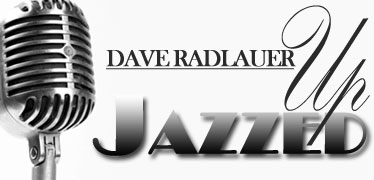
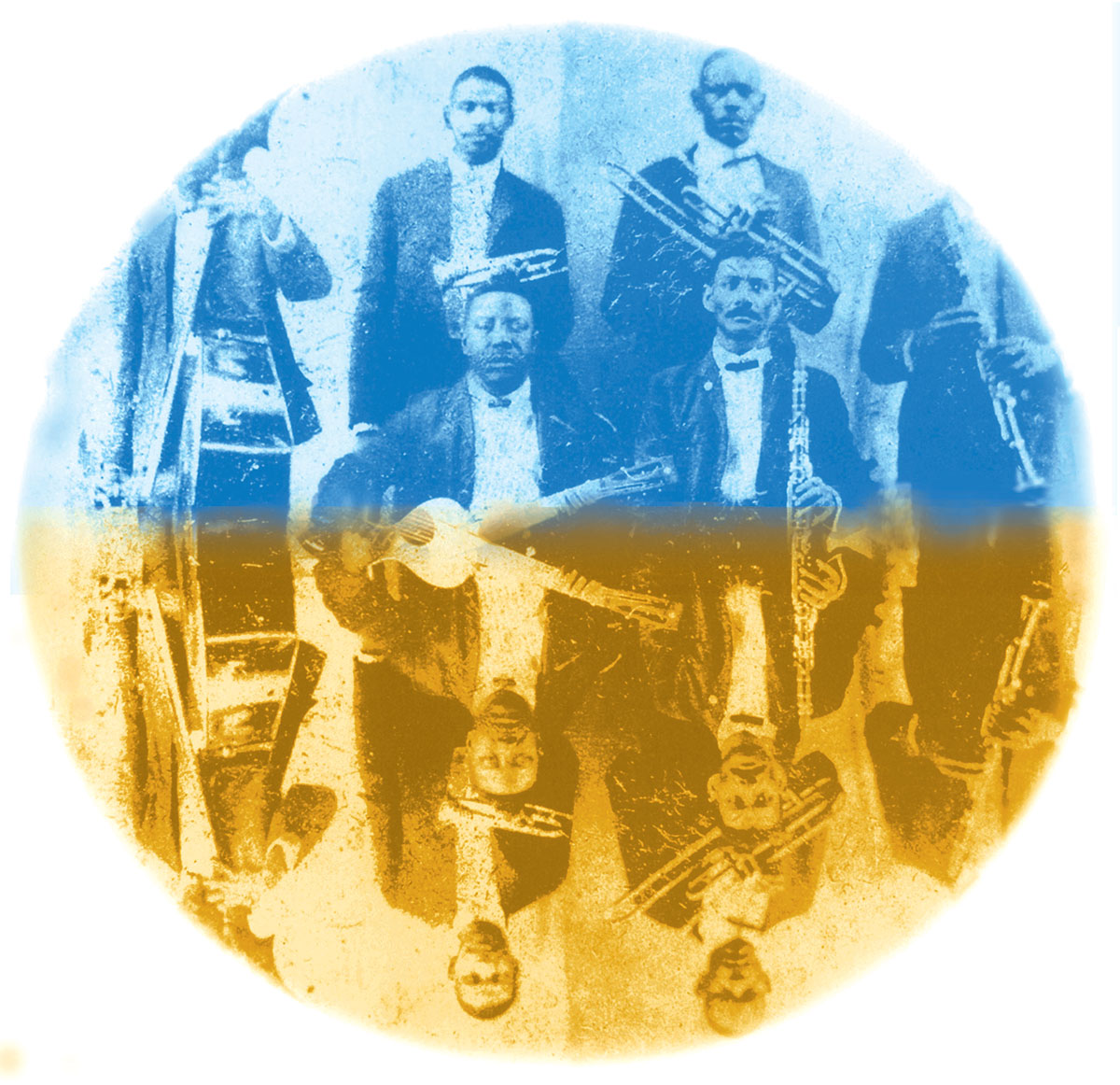
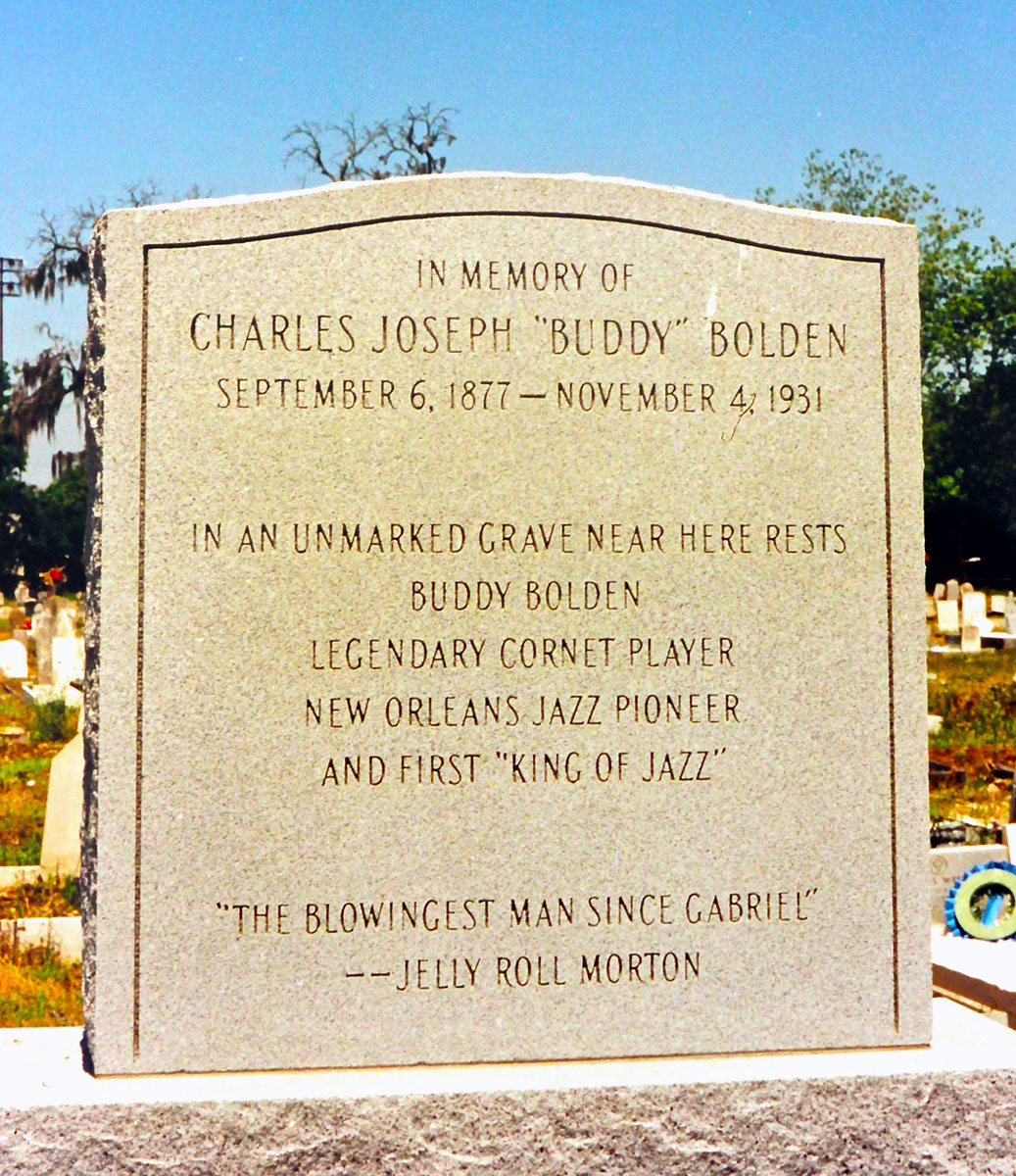

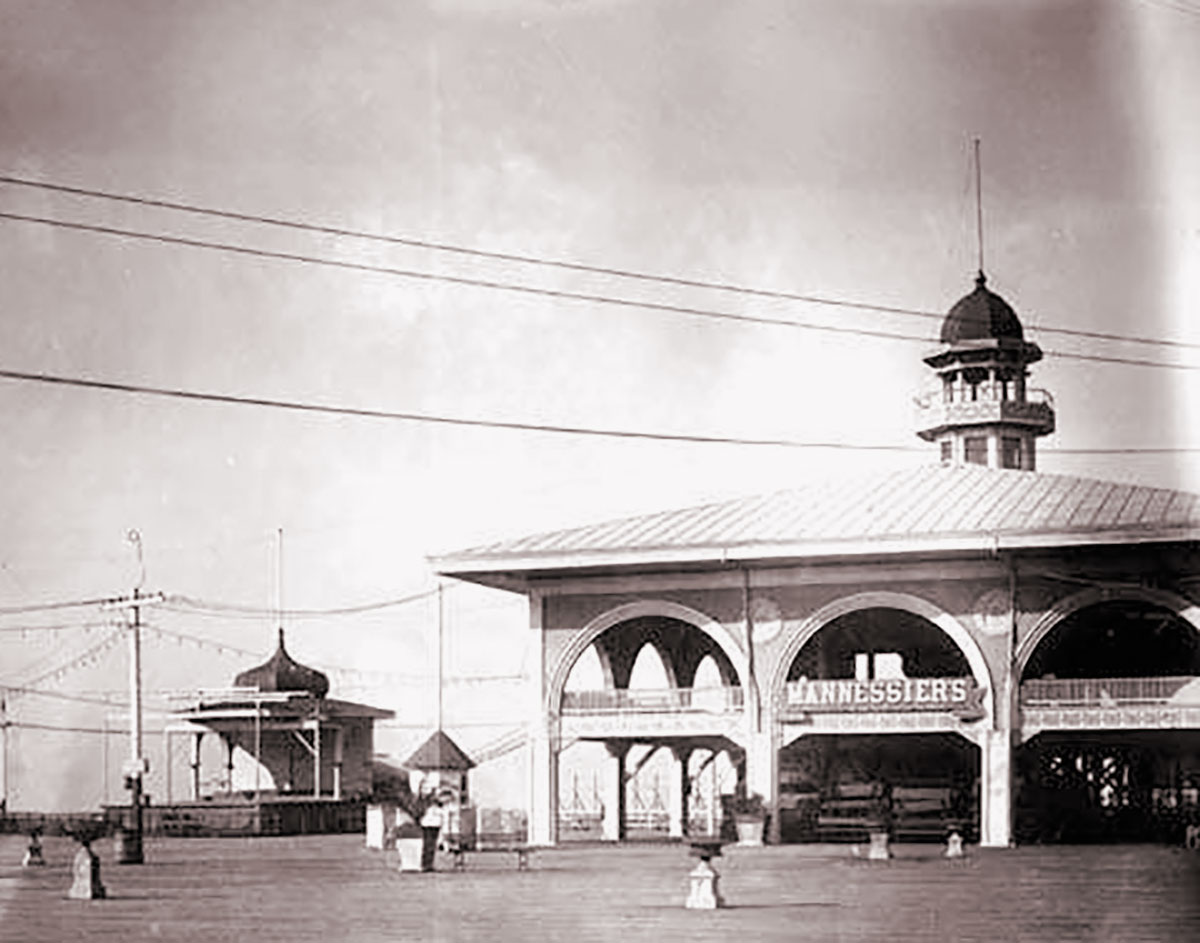
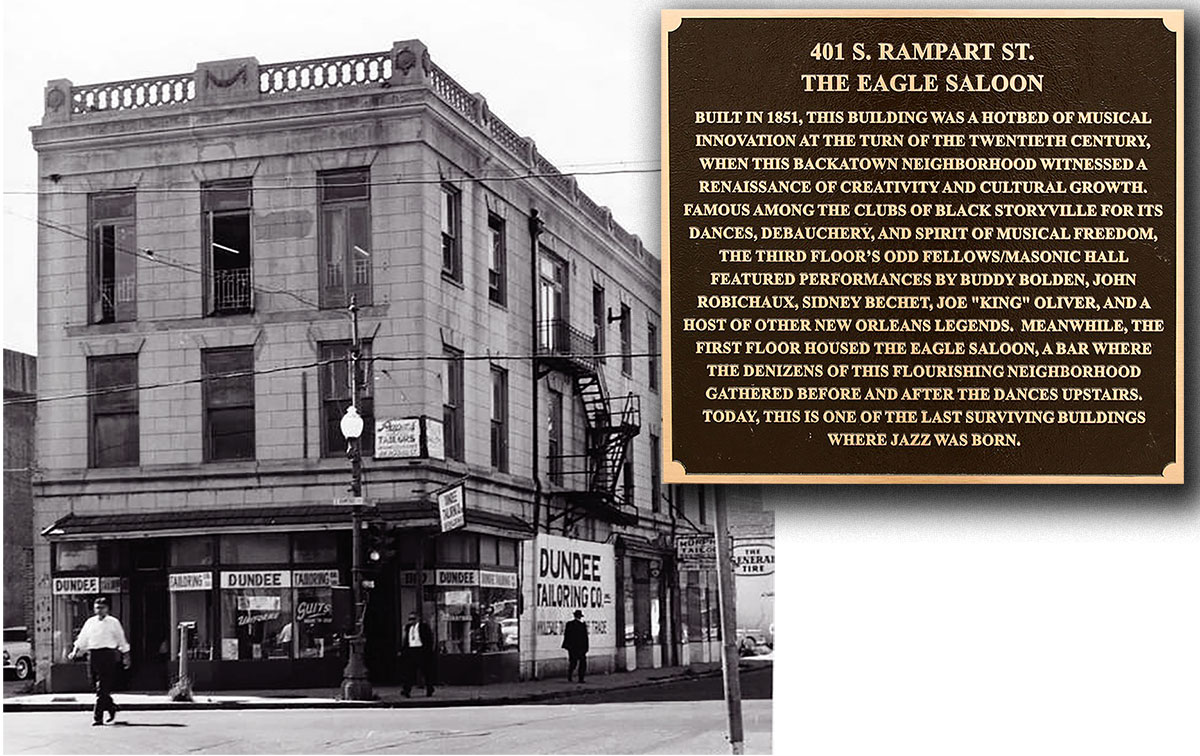
Official Bolden Movie site:
https://boldenmovie.com/#home
Syncopated Times:
https://syncopatedtimes.com/buddy-bolden-profiles-in-jazz/
Bolden Cylinder recreation project:
https://youtu.be/ucVxwbbShG0
Other resources:
Three Books About Bolden
https://syncopatedtimes.com/three-books-about-buddy-bolden/
Daniel Pritzker on Bolden:
https://syncopatedtimes.com/director-daniel-pritzker-talks-about-bolden/
Related on Jazz Rhythm website:
Buddy Bolden
http://www.jazzhotbigstep.com/179.html
Bunk Johnson
http://www.jazzhotbigstep.com/319412.html
Humphrey Lyttleton
http://www.jazzhotbigstep.com/24222.html
Joe King Oliver
http://www.jazzhotbigstep.com/58601.html
buddy bolden is my great great great cousin